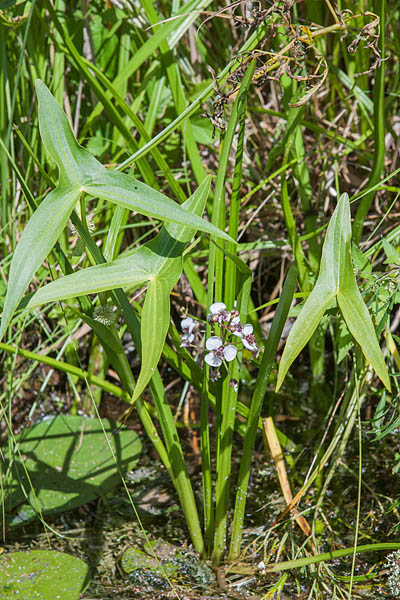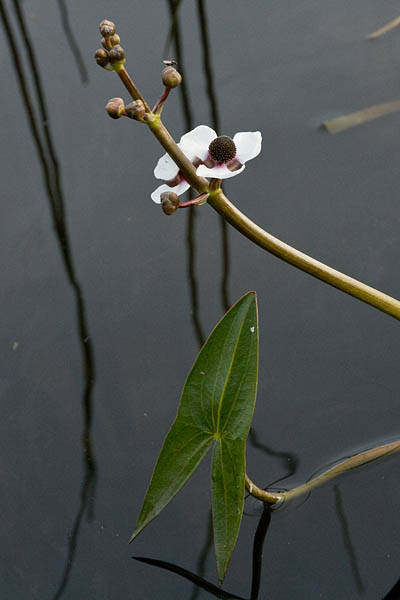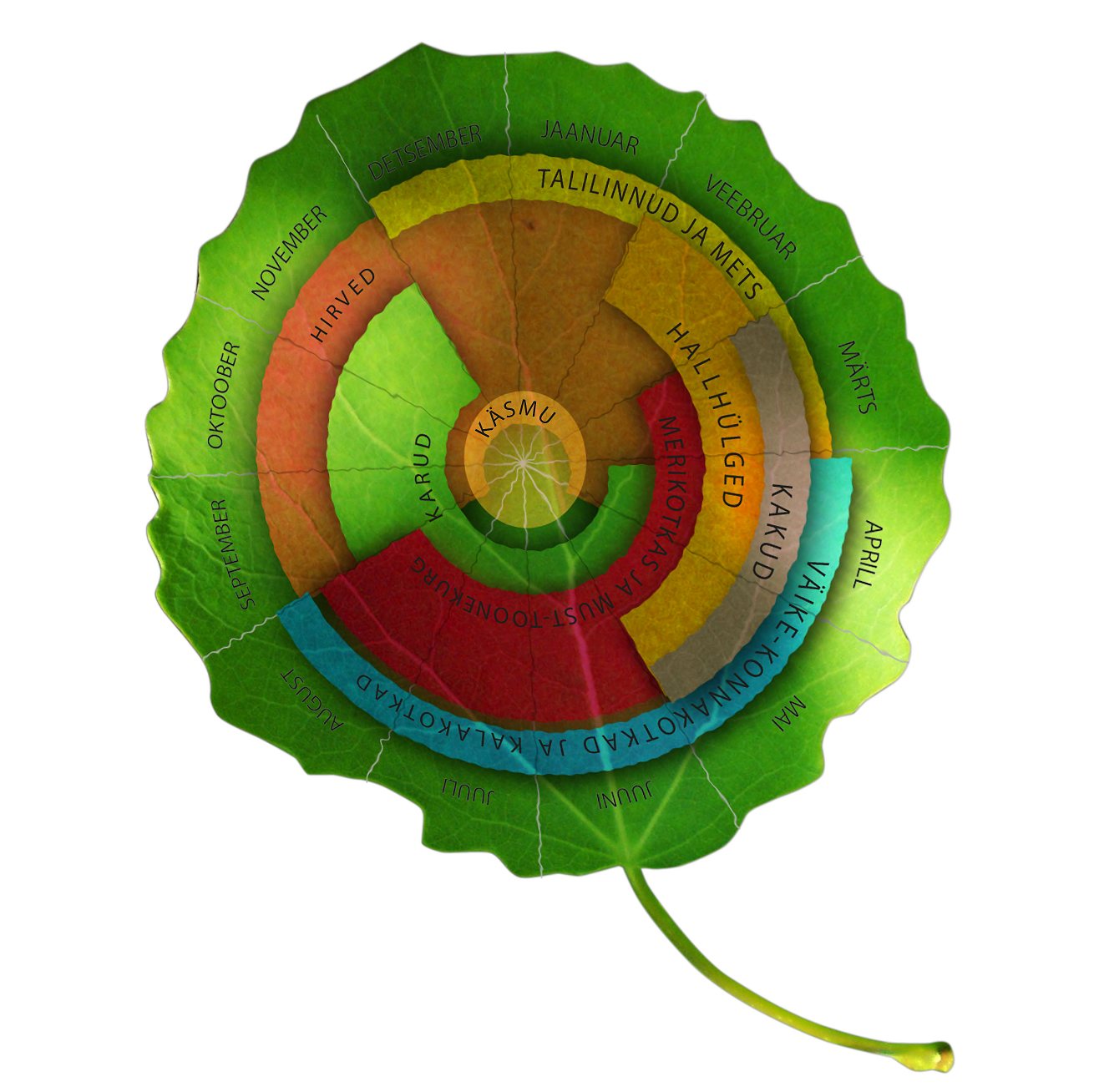I see in my child’s biology textbook a peculiar plant that I don’t remember from my childhood. British Native Arrowhead is a plant, that is used to teach heterophylly. That means that the plant has different-shaped leaves under the water than above the water.
On British Native Arrowhead, the above-water leaves do look like arrowheads, but arrowheads as big as the palm of a hand. The leaves above the water are oval and the ones under the water are long, ribbon-like. The plant grows in knee-deep water and pushes up a bit above the surface.
British Native Arrowhead
Its flowers are pink and tripartite, quite similar to those of its relatives - water plantains and swan flowers.
The reason that I don’t remember it from my childhood is, that according to our plant distribution atlas it does not grow in Saarde township.
It’s strange, but not even during their summer practice seminars did the university biology students learn about water plants. As a result, you can count on the fingers of your two hands the people in Estonia who really know about water plants.
Because I know her well, I invited one of them to come with me - the river scientist Sirje Vilbaste. We once spent a week in Haanja researching sauna ponds. But the truth was, that we only found Canadian waterweed, water mosses, broadleaved pondweed, European bur-weed, rushes, wood club-rush, calamus and bulrush; and a few other water plants in other places.
But then we found arrowheads in Võhandu river by Kirumpää stronghold.
We did not manage to get the arrowhead’s round tuber out of the river, but it used to be known as the white potato of the American natives - it contains 35% more starch and 1.5 times less water.
However, it is not advisable to go looking for it without a good plant expert, because right beside it we saw a deadly poison hemlock stretching its leaves.
Now a good time to study water plants this year, as the water levels are suitably low for that.




